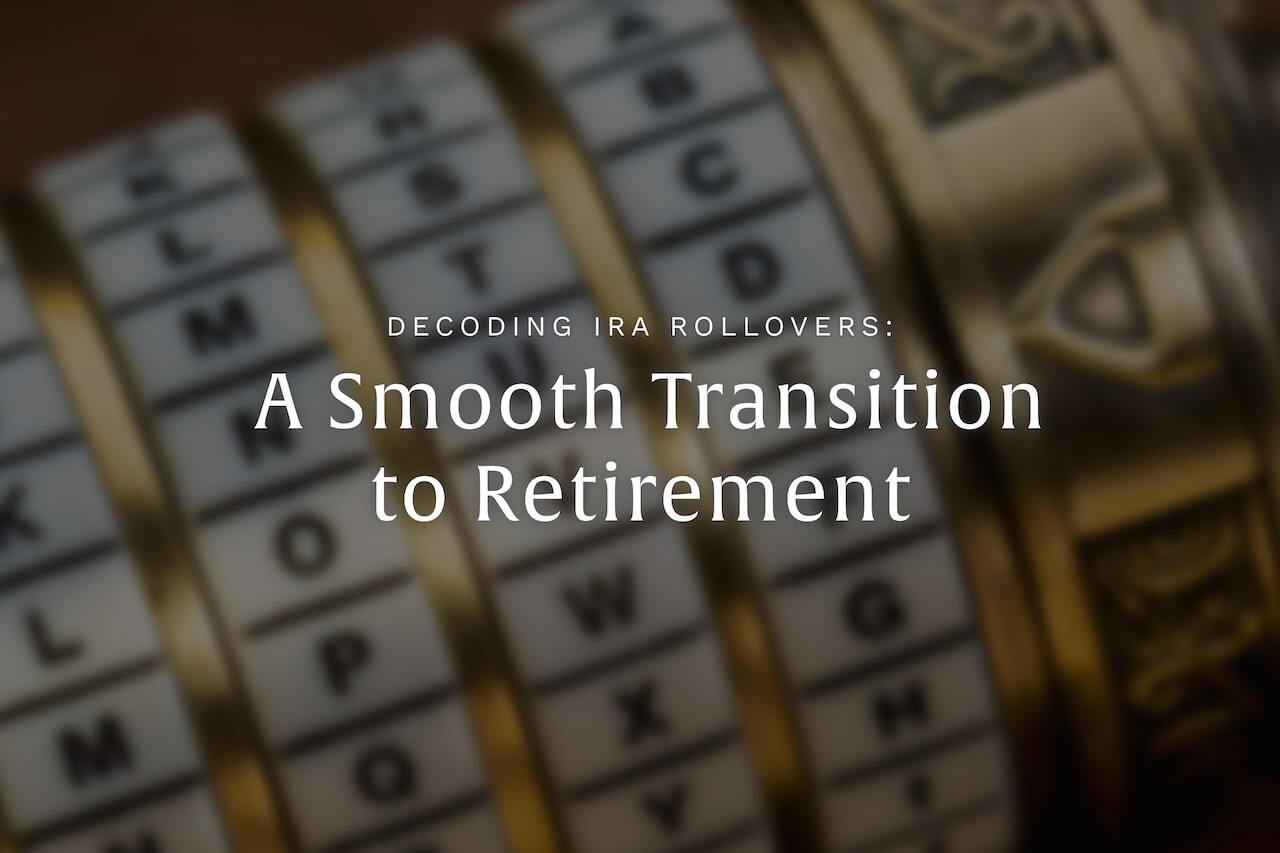As individuals approach or enter retirement, one of the most important planning topics becomes how to generate income in a tax-conscious way. Creating a reliable income stream is critical, but how that income is taxed can significantly affect the resources available to meet your goals. By implementing tax-efficient income strategies for retirement, individuals and families can better align their financial decisions with both short-term needs and long-term planning priorities.
Understanding the Tax Characteristics of Income Sources
Not all income is taxed equally. Retirement income can come from a variety of sources—each with its own tax treatment. These may include traditional IRAs, Roth accounts, pensions, Social Security, taxable investment accounts, annuities, and part-time work. Understanding how these income sources are taxed is the foundation for designing a strategy that helps reduce unnecessary tax exposure.
For example, withdrawals from traditional IRAs and 401(k)s are generally treated as ordinary income. In contrast, qualified withdrawals from Roth IRAs are typically tax-free. Capital gains and qualified dividends from brokerage accounts may be taxed at lower rates, while Social Security benefits can be partially taxable depending on your overall income level.
Prioritizing Withdrawals with Purpose
Coordinating the order in which you withdraw from different accounts—often called withdrawal sequencing—can influence both how much tax you pay and how long your assets last. A common approach is to draw from taxable accounts first, then tax-deferred, and finally tax-free accounts. However, the most suitable order depends on your personal situation, income goals, and tax bracket.
In some cases, withdrawing from a combination of account types may help manage annual tax liability. By using strategic distributions, you can potentially avoid moving into a higher tax bracket or triggering taxation of Social Security benefits or higher Medicare premiums.
Using Roth Conversions Strategically
Roth conversions can play an important role in tax-efficient income planning. By converting a portion of a traditional IRA to a Roth IRA in years when your income is lower, you may pay taxes on the converted amount at a reduced rate. Over time, the Roth account can then grow and be used for tax-free withdrawals in retirement, offering flexibility in managing future tax burdens.
It’s important to approach Roth conversions with care. Timing, tax bracket considerations, and the impact on other parts of your financial picture should all be reviewed before initiating any conversions.
Leveraging Investment Accounts for Flexibility
Taxable investment accounts offer a level of flexibility that can be useful in retirement. Investors can sell appreciated assets that qualify for long-term capital gains treatment, which may be taxed at lower rates than ordinary income. Additionally, these accounts do not have required minimum distributions (RMDs), allowing for more control over when and how income is realized.
These accounts also make it possible to implement strategies like tax-loss harvesting, which involves selling investments at a loss to offset gains elsewhere in the portfolio. When used appropriately, these techniques may reduce overall taxable income in a given year.
Incorporating Tax-Efficient Products and Planning Tools
In addition to account selection and withdrawal sequencing, other financial tools may complement a tax-conscious income strategy. For example, certain types of annuities may offer tax deferral, while life insurance policies designed for income planning can sometimes provide tax-advantaged withdrawals and death benefits.
It’s important to carefully evaluate any financial product in the context of your goals, time horizon, and risk tolerance. Tax efficiency should be considered alongside other factors, such as liquidity needs, investment preferences, and the role each product plays in your overall strategy.
Staying Proactive Through Changing Tax Landscapes
Tax laws can change, and your financial situation may evolve over time. That’s why tax-efficient income strategies for retirement should be reviewed regularly. Annual planning conversations can help identify new opportunities, such as charitable giving strategies (like qualified charitable distributions) or tax bracket management techniques that may make sense as you age.
By staying engaged with your financial planning team, you can make adjustments that reflect current regulations, economic conditions, and your evolving lifestyle goals.
Building a Thoughtful Retirement Income Plan
The process of creating a retirement income plan involves more than just estimating expenses and choosing withdrawal amounts. It involves coordinating account types, timing distributions, and understanding how different income sources interact from a tax perspective. At Seaman Retirement Planning, our advisors work with individuals and families to build thoughtful, personalized plans that reflect their unique goals and financial circumstances.
We apply the Financial Clarity Compass to each client’s situation, which helps us evaluate income strategies in the broader context of retirement, investments, tax considerations, and long-term planning. Whether you are approaching retirement or are already drawing income, developing a tax-efficient strategy may help you preserve more of what you’ve worked hard to accumulate.
Discover Tax-Efficient Income Strategies for Retirement
If you’re interested in learning more about how to structure your income in a tax-aware way, Seaman Retirement Planning is here to help. Our experienced advisors can guide you through income planning discussions that reflect your goals, income needs, and the complexities of the tax landscape. Contact us today to explore how a personalized strategy may support your financial journey.
























































